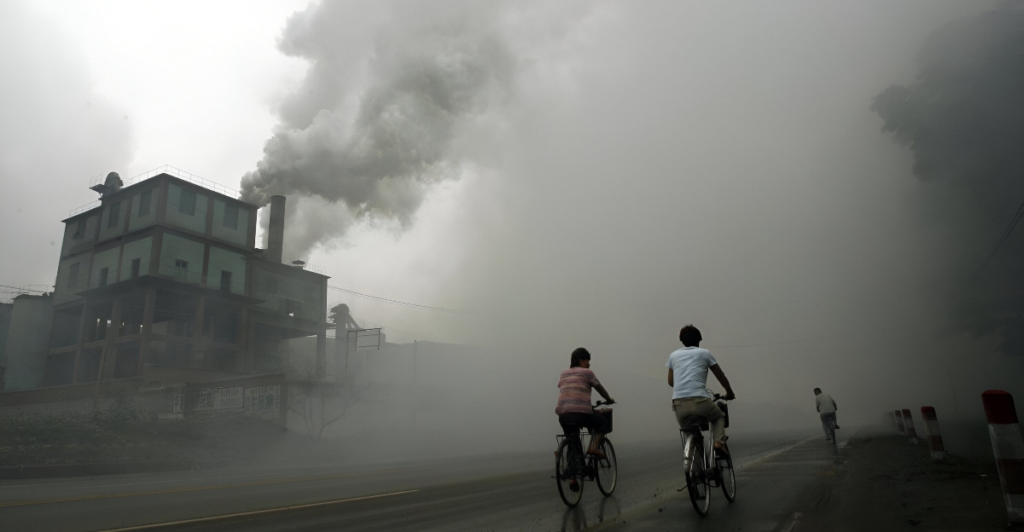
China set out to clean its skies—and succeeded. The smog lifted, skies turned blue, and air quality improved dramatically. But now, scientists are waving a red flag: that same clean-air push is heating up the planet. How? The answer lies in aerosols—tiny particles from pollution that, ironically, helped cool the Earth by reflecting sunlight. When China slashed emissions, it unintentionally yanked away that sun-shield. Now, more heat’s reaching the surface, and global temperatures are climbing. It’s not just a climate issue—it’s an ecological one, too. Wildlife is suffering, ocean heatwaves are spiking, and the planet’s balance is tipping. Turns out, scrubbing the air isn’t as straightforward as it sounds.
How Aerosols Were Secretly Cooling the Earth
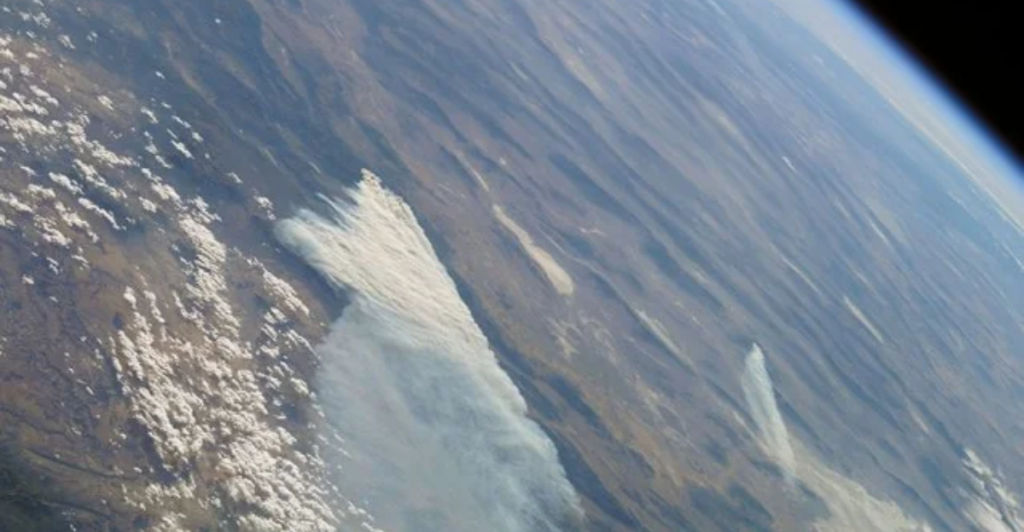
For years, aerosols were the unsung anti-heroes of climate change. They’re dirty, they’re toxic—but they also reflected solar radiation back into space, cooling the planet slightly and masking the true impact of greenhouse gases.
China, once the world’s biggest emitter of aerosols, had been unknowingly buffering the heat. But with pollution controls in place, those particles are disappearing, and suddenly we’re feeling the full, unfiltered burn of CO₂. This isn’t a defense of smog, but it is a wake-up call.
Without aerosols in the mix, we’re seeing a faster rise in temperature, especially across the Northern Hemisphere. The planet isn’t just reacting—it’s overreacting. And we’re only beginning to understand how deeply that shift cuts.
The Pacific Ocean Is Boiling—and That’s No Metaphor

Here’s where things get wilder. With China’s skies clearer than ever, the Pacific Ocean is heating up fast. Like, record-breaking, marine-life-cooking fast.
Scientists say fewer aerosols mean more sunlight hitting the ocean, which fuels marine heatwaves—massive “blobs” of warm water that throw entire ecosystems out of whack. Coral reefs bleach, fish migrate or die, and predators struggle to adapt. This isn’t theoretical—these blobs are already disrupting fisheries and destroying food chains.
What started as a local air cleanup is now a global oceanic issue. It’s proof that atmospheric tweaks in one country can ripple across the world’s largest body of water—literally.
Wildlife Is Feeling the Burn, Too
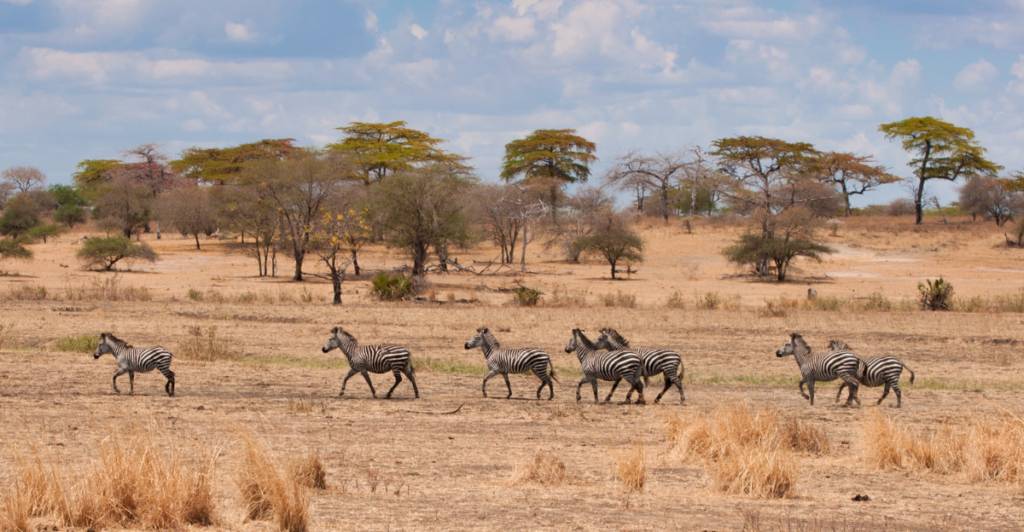
It’s not just fish and coral—land animals are sweating it out, too. Rising temps, thanks to the reduced aerosol shielding, are throwing wildlife into chaos.
Migration patterns are shifting. Breeding seasons are misaligned with food availability. Habitats are shrinking or overheating entirely. Animals adapted to specific climates—like snow leopards or high-altitude birds—are watching their ecosystems morph beneath their paws and wings. And let’s be honest: they didn’t sign up for this.
China’s clean-air reforms weren’t meant to harm nature, but they’ve unleashed a domino effect. As Earth warms faster than expected, wildlife is being forced to evolve—or vanish. And spoiler: Evolution doesn’t happen overnight.
Air Quality vs. Climate Change—A Messy Trade-Off
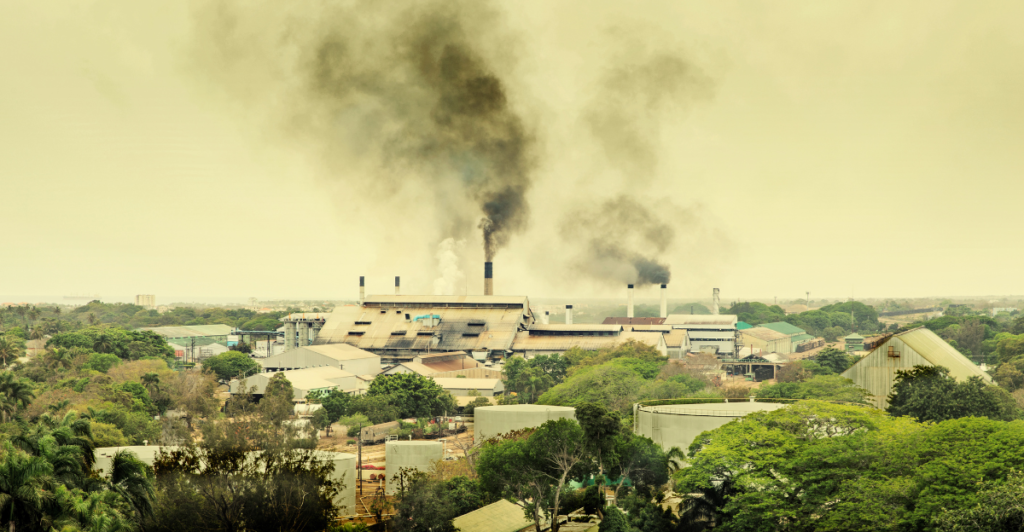
Here’s the catch: cleaner air is undeniably good. Respiratory illnesses drop, cities look less apocalyptic, and public health soars. But that silver lining comes with a burning hot cloud—literally.
By removing aerosols, we’re also peeling back the sunblock Earth didn’t know it was wearing. And greenhouse gases? They’re still up there, trapping heat with no counterbalance. This makes the climate crisis feel like a game of whack-a-mole. Solve one problem, and another one pops up.
The lesson? We can’t just clean the air—we have to clean the carbon too. Otherwise, we’re just trading smog for heat waves and wildlife loss.
China’s Green Policies—Good Intentions, Mixed Results

Let’s be fair—China isn’t ignoring climate change. It’s investing in solar, wind, and massive reforestation. It’s even leading in electric vehicle production.
But here’s the snag: while it’s cutting particulate pollution, its CO₂ emissions are still sky-high. So while the smog is clearing, the planet’s still warming—and now it’s warming faster. Think of it as cleaning your windows but leaving the heater on full blast.
The optics are great. The internal temp? Not so much. This isn’t about blaming China—it’s about understanding that “green” policies need to target all pollutants, not just the ones we can see.
Weather Whiplash Is Now a Global Problem
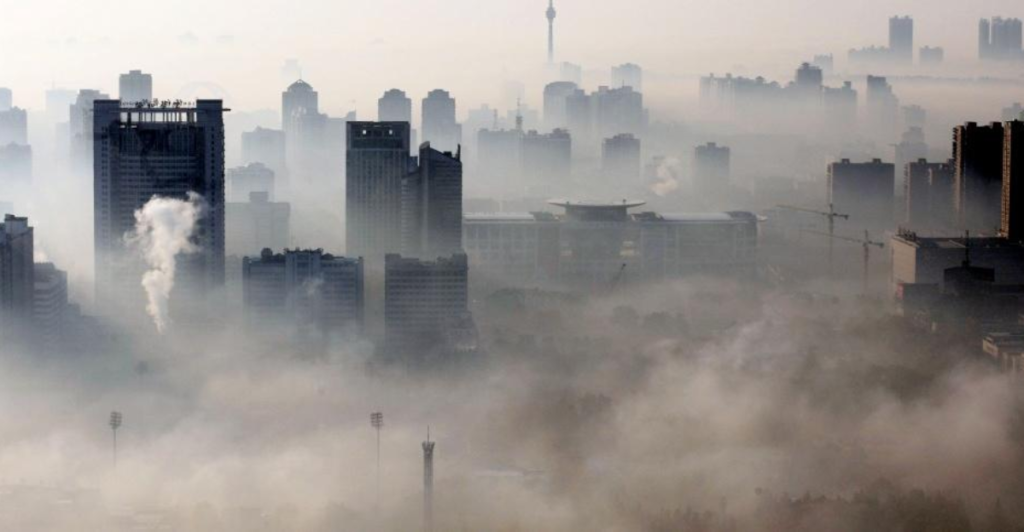
Turns out, what happens over Beijing doesn’t stay in Beijing. Reducing aerosols in China has altered atmospheric circulation patterns across the globe.
North America’s seeing more intense heatwaves. Monsoon seasons are shifting. Rainfall in some regions is drying up while others get drenched. This is the messy side of climate interconnectivity. Cleaner skies in one place can mean chaos somewhere else. It’s not a reason to stop cleaning up—it’s a reason to plan smarter.
Because the planet isn’t a patchwork—it’s a pressure cooker, and changes anywhere affect pressure everywhere.
We Can’t Just Clean—We Have to Cut
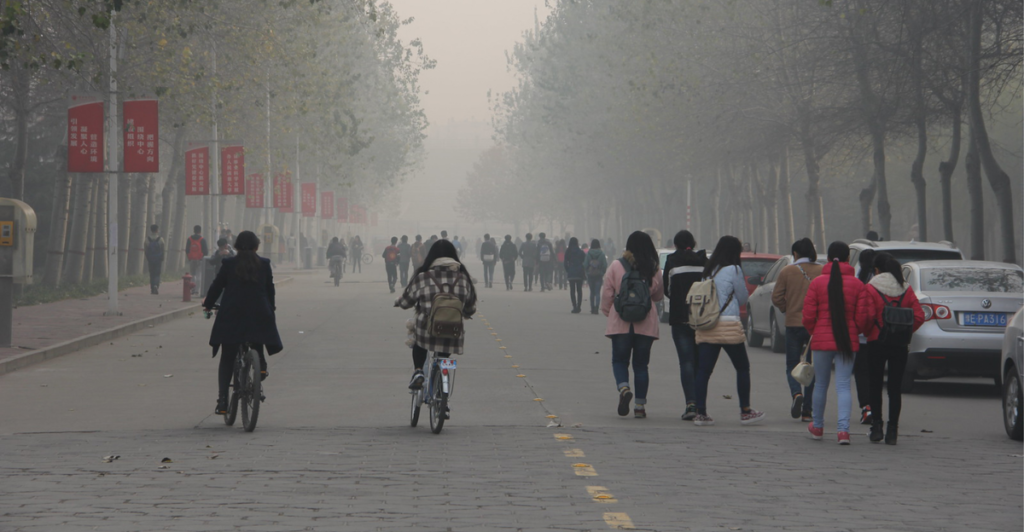
If the world wants clean air and a stable climate, it has to do both: cut short-term pollution and long-term emissions. Aerosol reduction without carbon reduction is like taking off your sunscreen and sunbathing in peak summer.
We need policies that reduce fossil fuel use completely, not just clean up its side effects. Carbon capture, renewables, less coal, more efficiency—it’s all on the table. China’s actions show that progress is possible, but they also show why it must be comprehensive.
We can’t pat ourselves on the back for clearer skies if we’re still turning up the global thermostat.
Renewable Energy Is the Real Game-Changer
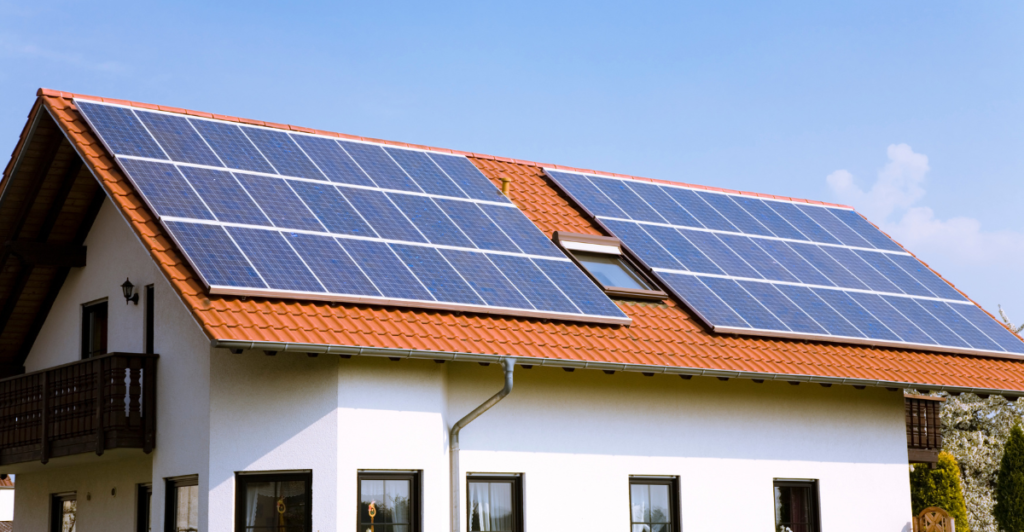
Here’s the bright side—China’s investing heavily in renewables. Solar panels, wind farms, and electric buses aren’t just headlines; they’re happening at scale.
If China can pivot fast enough, it could go from climate villain to climate MVP. But it’s a race. Renewables have to ramp up faster than warming accelerates. It’s not enough to offset lost aerosols—we have to overhaul the entire energy system. Think of it like replacing a faulty air conditioner: expensive up front, but lifesaving in the long run.
Cleaner energy is the only way to break this feedback loop. And the clock’s ticking.
Clean Air Isn’t the Finish Line
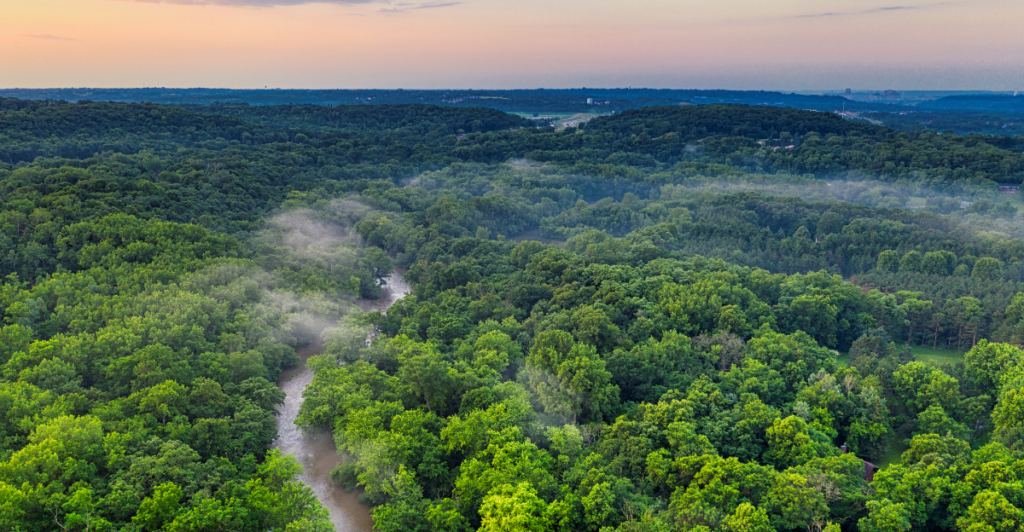
China’s clean-air victory is real—but it’s also a cautionary tale. We can’t treat environmental wins in isolation. Clearing the skies without cutting carbon is like fixing the leak but ignoring the flood.
Now, marine ecosystems are collapsing, wildlife is scrambling, and global weather is having a meltdown—literally. The big takeaway? Environmental progress must be holistic.
If we want a planet that’s breathable, livable, and survivable, we need to think bigger. That means international collaboration, bold climate policies, and long-term strategies. Because the air might be clean—but the planet is far from safe.
Explore more of our trending stories and hit Follow to keep them coming to your feed!

Don’t miss out on more stories like this! Hit the Follow button at the top of this article to stay updated with the latest news. Share your thoughts in the comments—we’d love to hear from you!







